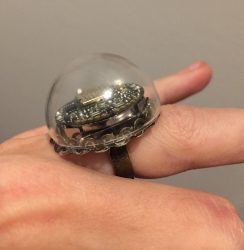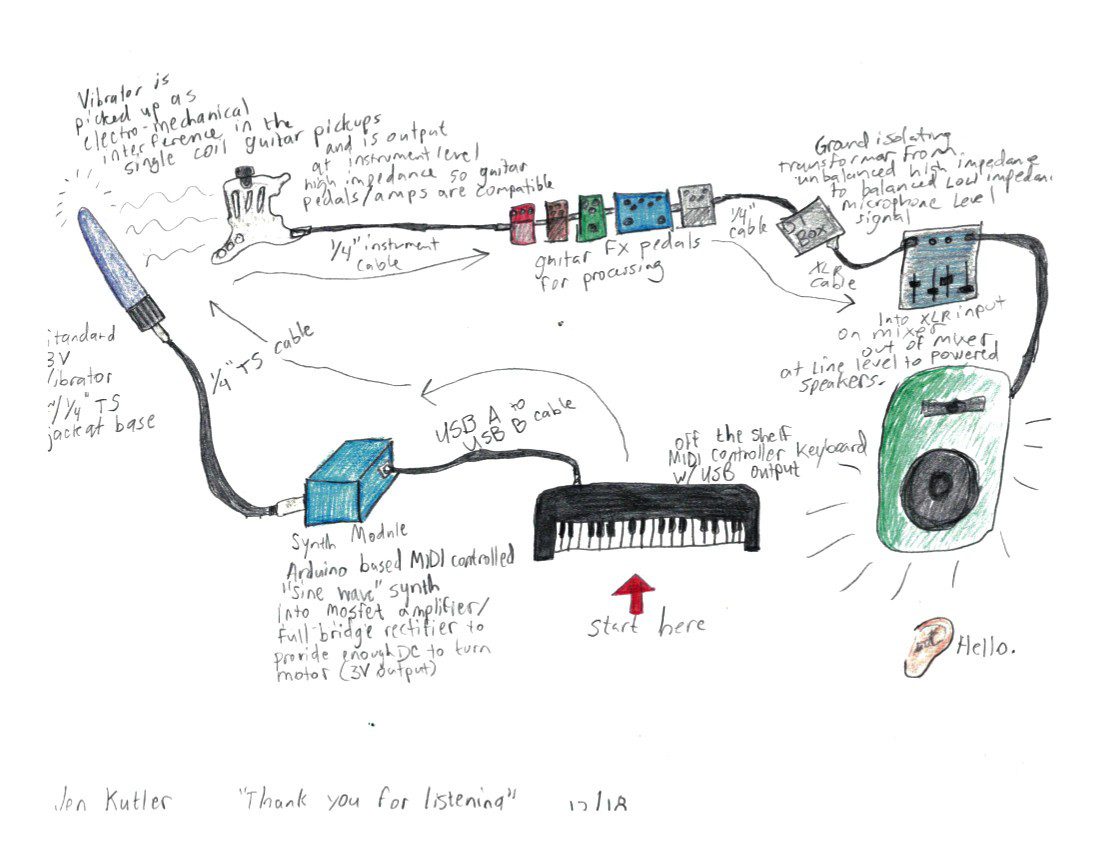JEN KUTLER – DISEMBODIED
Music is all about context, isn’t it? Even the most abstract of music gets its meaning from the context and concept it is written in. The important question is: what is still left when you ignore the context?
I usually listen to the music that is sent to me without reading the promo texts that go with it. Just to avoid preconceptions: I try to listen to every release as if it was a debut album by an artist unknown to me. (And, believe me: it changes your judgment of many albums by renowned artists).
Only when an album sounds interesting enough to me, I open up the background information the read the details of that particular release.
So this was what happened when I listened to Jen Kutler‘s Disembodied. It sounds great, it sounds fascinating, and there’s something intriguing about these recordings but it’s hard to describe what that exactly is. The cover suggests that there are loads of data involved, but where do these data come from?
And then there’s the background information:
“Disembodied is a series of audio and video pieces generated by the vibrations and movements captured by an electronic ring worn on the finger of a feminine spectrum person while bringing themselves to orgasm. The ring transmits raw data in the form of .csv files (spreadsheet) to a Bluetooth enabled mobile device. The spreadsheet is parsed in Pure Data to create a variety of MIDI files that are given voices to generate twelve sound pieces (one for each participant’s set of data). The timbres and textures draw from pure tones, field recordings, and granular synthesis to create long drones, complex harmonies, and dynamic timbral shifts.”
OK. Nów I understand why all the track titles have titles that are names of the participants in this project. And with this particular context, the tracks get a totally different dimension. While at the same time it raises some confusing questions – especially from a ‘male spectrum’ perspective.
Jen Kutler is a multidisciplinary artist and performer, who “modifies found objects that are cultural signifiers of power, gender, queerness, and intimacy to create atypical instruments and sculptures.”
She uses “sounds and objects that are considered sexual or feminine and builds interactive electronic media systems for performance to modify, re-contextualize and transform these materials.”
There are some fascinating examples of her work on her website, but the illustration below (of another project than Disembodied, by the way) may tell more than a thousand words:
In the accompanying information for Disembodied, Jens Kutler states that “this is the first step in a series of de-sexualization experiments seeking to discover the amount of separation required to de-objectify a feminine spectrum body.”
I’d say she succeeded in this de-objectification: there is very little in the resulting soundscapes that relates to “orgasms of female spectrum persons”. It is not clear what happens to the original data, if or how the data are manipulated before they generate or trigger the variety of MIDI files which in turn produce a variety of different sounds. In the end, this is just great-sounding, fascinating electronic music without any sexual connotation – apart from the context it is placed in.
But, if the objective of this project is de-sexualization and de-objectifying, wouldn’t it have been better to NOT mention the source of the data at all? Now that we know about how these tracks came to be, isn’t it just thát knowledge that makes them more interesting? I must admit that I listened again with different intentions after I read about the context of these recordings – and so, in a way, brought báck the sexualization into listening.
But, at the same time, would I ever think about questions like this without being aware of the background of these tracks? Probably not. Context is everything here, especially here.
This is why this may be one of the most fascinating electronic music releases this year. It’s not just about the music, which is satisfying enough in itself, but it’s also all about perspective and, possibly, your own sexual preconceptions.
One question keeps coming back to me: would the resulting music sound any different when the ring is worn on the finger of a ‘masculine spectrum person‘? If so, in what way?
Can we have a volume II, please?
JEN KUTLER – JEN KUTLER




